IAF Changes Doctrine And Lays Out Its Role In A “No War, No Peace” Setting
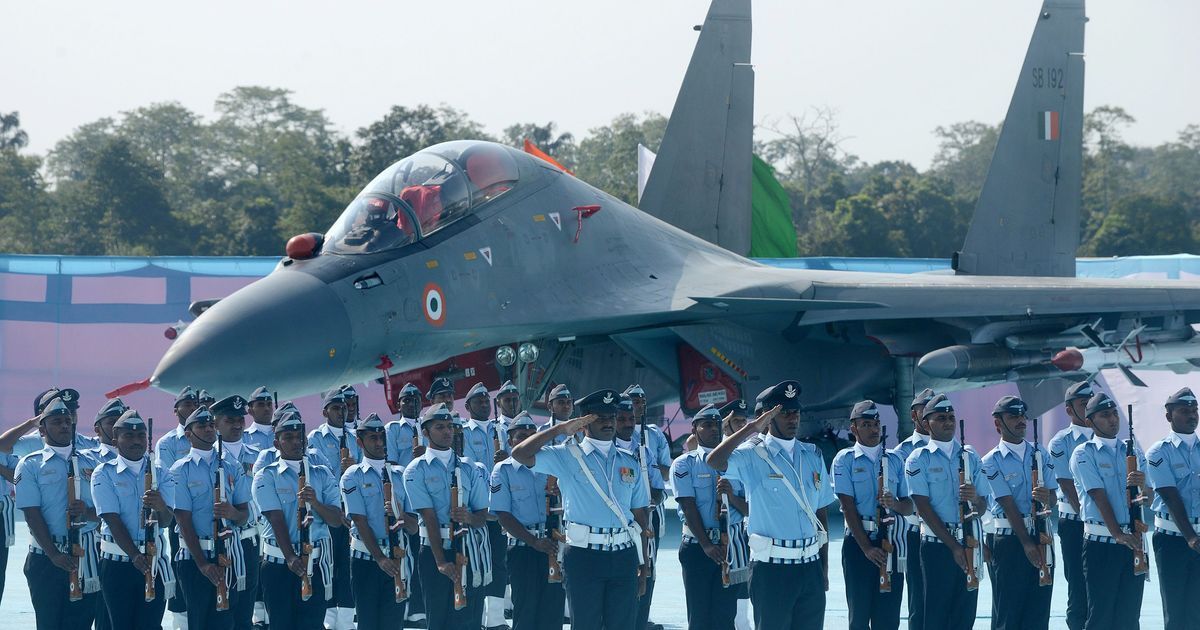
- The doctrine comes at a time when the military is still talking about how Russia can't use its air power well in the war with Ukraine.
- Senior officers of the force said that the doctrine needs to be looked at every once in a while because of how quickly air power changes around the world.
The Indian Air Force (IAF) released a new doctrine on Saturday that explains the role of air power in India’s typical “no war, no peace” situation. The doctrine put an emphasis on using air power as part of a military strategy that included the two other forces.
The doctrine, which calls air power “aerospace power,” also stressed that defensive and offensive counter-operations are “inextricably linked.”
In a note in the revised doctrine, Air Chief Marshal VR Chaudhari said that network-centric warfare is now a key part of the IAF’s power projection, and that offensive and defensive operations are now run through an Integrated Air Command and Control System.
About making the Indian military work together better, the IAF doctrine said that aerospace power gives a military strategy a lot of options.
In a first, the doctrine went into great detail about the “no war, no peace” (NWNP) environment, saying that the IAF needs to work to change the way external threats act.
During the Eastern Ladakh standoff with China, the IAF was said to have shown that it could move quickly in the air and scare people away by making a show of force.
It also used the 1971 Indo-Pakistan war as an example, when the IAF’s counter operations against Pakistani air assets freed it up to do offensive operations.
“The IAF helped make it possible for ground forces to do their jobs without interference from enemy planes. On the Western front, the lAF created a favourable air situation that allowed offensive air operations against the enemy’s armoured thrusts and close air support for the Indian Army’s land operations,” the report said.
The doctrine also talked about shaping operations through air diplomacy, air force-to-air force engagements for training and cooperation, and the demonstration of aerospace power capabilities in the NWNP environment.
It talks about a change from “threat-based and demanded” to “capability-demanded” force requirements, the development of R&D capabilities through private-public partnerships in niche technologies, and the creation of strong joint structures.
The doctrine comes at a time when the military is still talking about how Russia can’t use its air power well in the war with Ukraine.
Air Marshal Diptendu Choudhury (ret.), who was on the doctrine team, told The Indian Express that Russia’s ineffective use of offensive air power against Ukraine, which included a poorly executed SEAD and Counter Air campaign, was a key factor in the failure of its military strategy and the lengthening of the war.
“Even though the Operational Strategic Command (OSK)-West has direct control over Russia’s tactical frontline aviation, it has failed to coordinate and use air power to reach the goals of its surface campaign,” he said.
He said that the role of air power in offensive operations was just as important as helping the other services.
In 1995, the IAF put out its first doctrine, which was changed in 2007. In 2012, a new, unclassified version of the basic doctrine came out. The 2012 document was changed by the new doctrine.
Senior officers of the force said that the doctrine needs to be looked at every once in a while because of how quickly air power changes around the world.

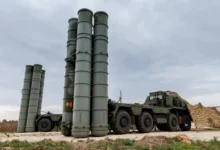
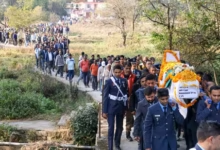
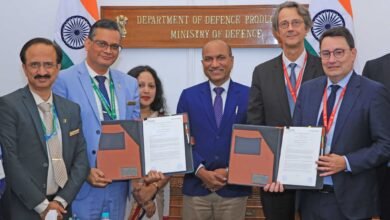
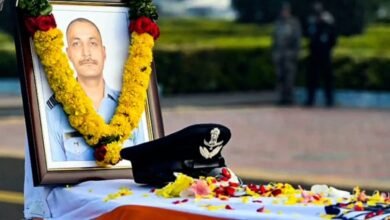
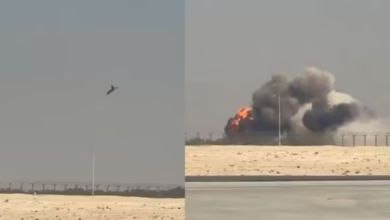

Facebook Comments